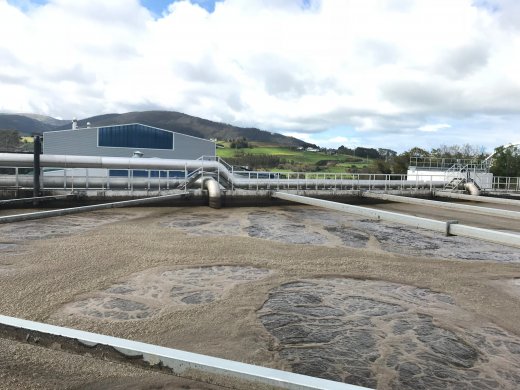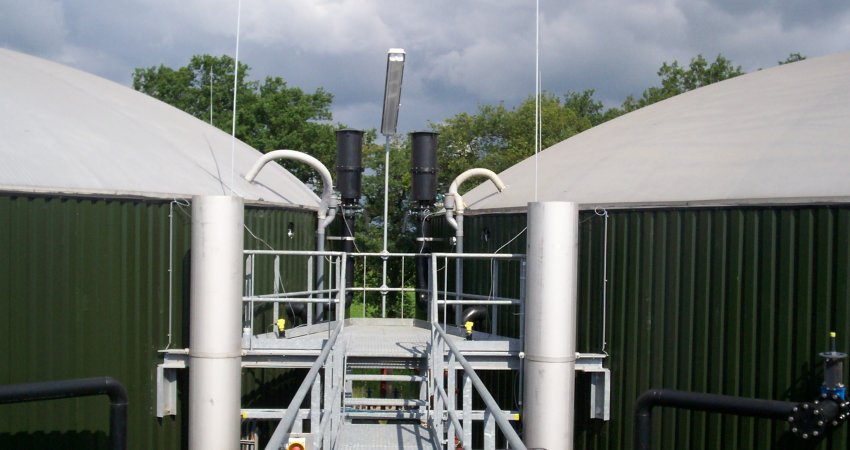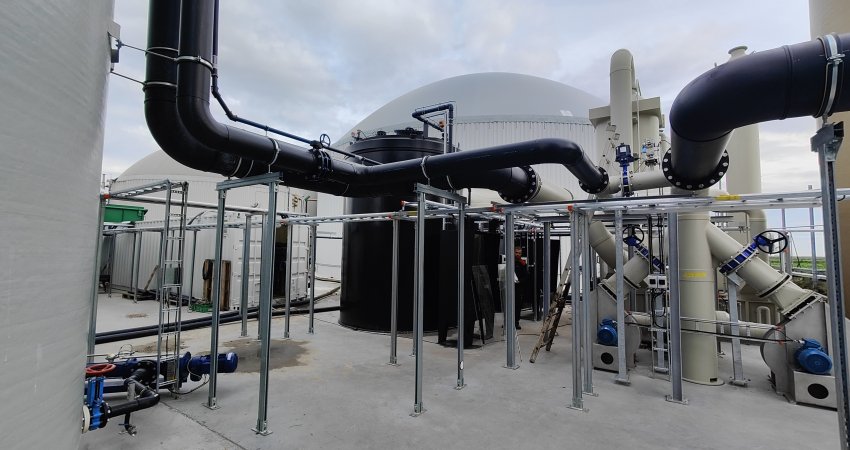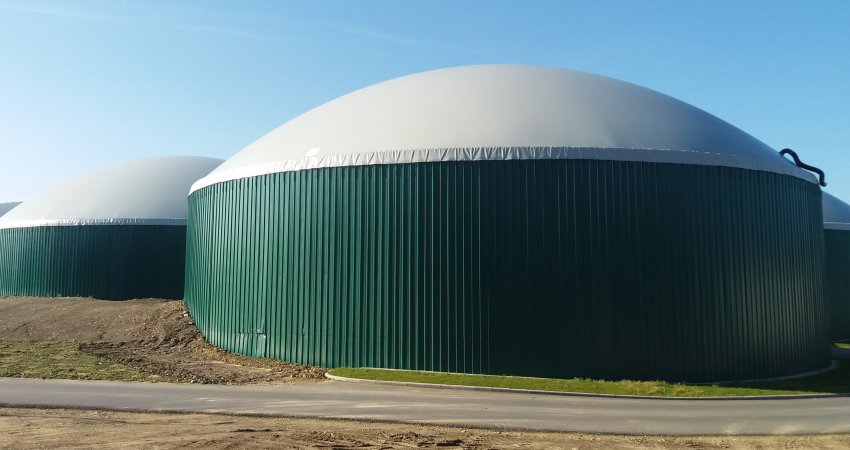Digestate treatment
After the digestion of manure and agricultural products, a residual fraction remains, called digestate. Typically, digestate cannot be used as a fertiliser prior to further treatment.
Usually, digestate is separated into a thick and a thin fraction by means of different separation techniques. The thick fraction is high in phosphate and can therefore be dried and processed, whereas the thin fraction is high in organic pollutants and contains high nitrogen concentrations. To use the thin fraction, we must extract the nitrogen by means of AMFER® technology, after which the fraction can be processed into dischargeable or even reusable water.
Process
Thanks to smart aeration control and internal recirculation, SBR-NAS® technology allows for the efficient aerobic removal of 98% of all nitrogen and other organic pollutants. In addition, the aeration control enables short-cut N-removal, which means this technology consumes considerably less energy than conventional systems. Using ultrafiltration membrane, the last remaining pollutants are extracted, leaving you with drainable water.
Advantages
With the SBR-NAS® system, you can stop disposing your thin digestate, instead you can simply drain it into surface water or the sewerage system. This makes it possible to produce liquid fraction all year long which is beneficial with regard to storage.
On top of that, SBR-NAS® requires less surface area and alower energy and chemical consumption compared to conventional techniques.


Would you like to know more?
Ask
Jan Willem
Jan Willem Bijnagte , Projectmanager Manure Processing


